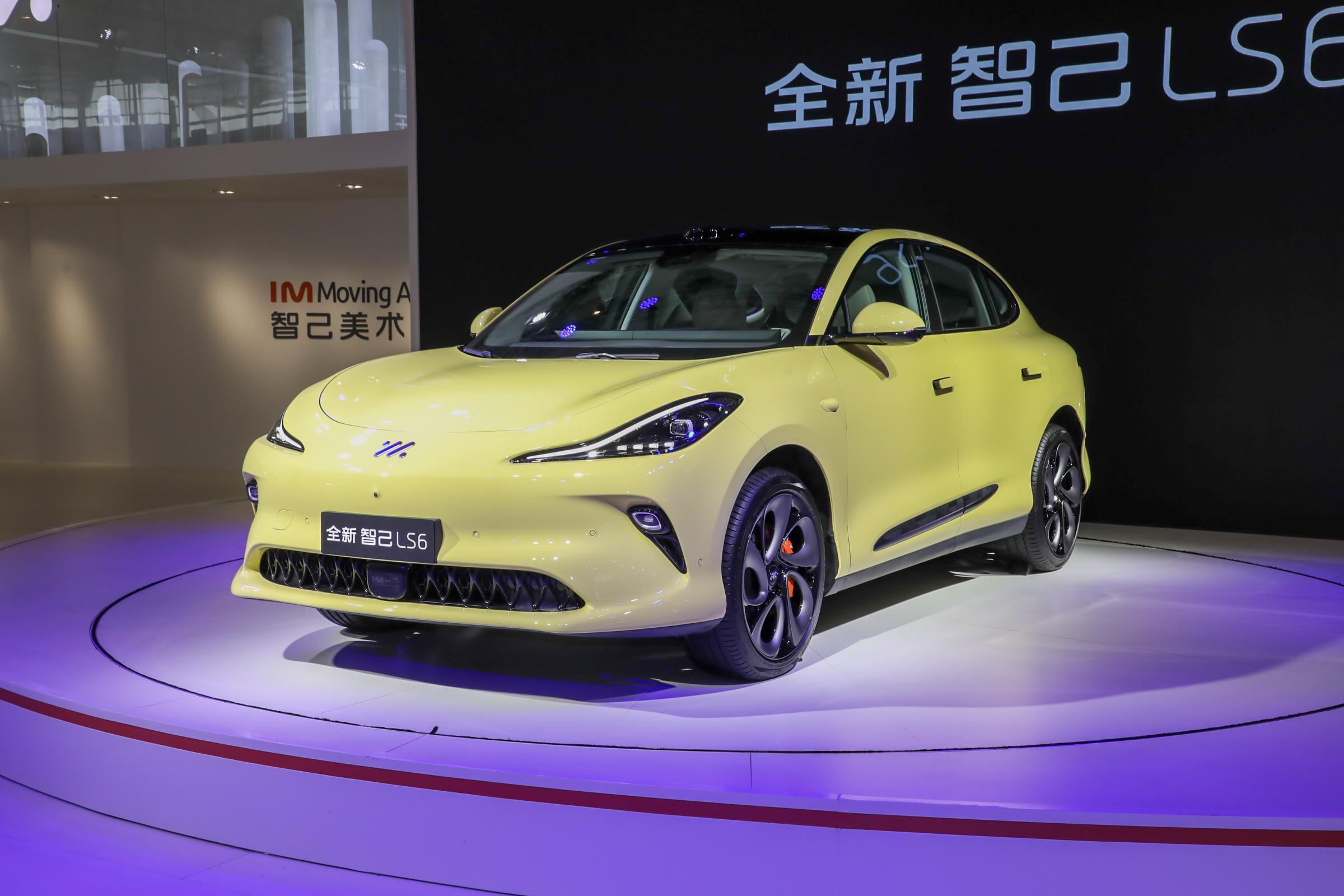AI end-to-end large model on board! IM Motors announces new technology: significant upgrade in intelligent driving technology
![]() 10/29 2024
10/29 2024
![]() 484
484
On October 28, IM Motors announced the world's "first" end-to-end large model for mass production in one segment and the iteration of IM AD 3.0 intelligent driving technology at the IM Motors Intelligent Driving Technology Day.
The core of IM AD 3.0 technology lies in the "one-segment end-to-end large model" and "safety logic network." This large model eliminates the modularized intelligent driving structure, integrating perception and planning into a single large model. Through massive data training, it has accumulated billions of high-quality event data. Combined with 2.5 EFLOPS cloud computing power, it creates intelligent driving functions for complex scenarios. The benefit is that the intelligent driving system's judgment of road conditions and unexpected situations is closer to "human intuition," with a more "experienced driver" experience in thinking and handling.
"End-to-end" is a buzzword in automotive intelligent driving, referring to an autonomous driving method that directly uses raw sensor data as input and outputs driving decisions or control commands through a deep learning model. Simply put, it refers to the complete process from input to output of an AI model, without human intervention or intermediate steps.

Image courtesy of IM Motors
End-to-end has many advantages. First, since the end-to-end model directly translates sensor data into control commands, it can be optimized globally. Although it relies on external data for training, the overall training cost is relatively low, and the model can iterate quickly.
Currently, new carmakers focused on intelligence have completed their end-to-end transformation. XPeng, Hongmeng Zhixing, and Lixiang, the three mainstream new players, have been using end-to-end advanced intelligent driving for a long time. Their driving mileage and data have gradually increased, and after multiple iterations, their safety and user experience have been verified by the market. The image of "strong intelligence from new players" is gradually ingrained in consumers' minds.
Tesla's FSD, which is not yet operational in China, has generated high expectations.
For traditional automakers, the electric transition has been slow, and they lack intelligent technology accumulation. They generally lag behind new players in progress, especially in the iteration and rollout of advanced intelligent driving technology. New players have achieved seamless driving nationwide without relying on maps, while traditional automakers are generally stuck at the level of high-precision maps.
IM Motors, spun off from SAIC Motor, boasts impressive mechanical qualities, but its intelligent development has been slow. Its intelligent driving layout has long followed in the footsteps of new players. Coupled with unremarkable sales and ownership, the amount of intelligent driving data fed back from users is relatively scarce, lacking a data foundation for software refinement.
However, from another perspective, IM Motors' possession of an end-to-end intelligent driving large model marks a new step forward. Its next task is to continuously improve software algorithms and leverage software advantages to create new technology paths, such as pure vision intelligent driving technology that is more cost-effective and suitable for low-priced vehicles.
According to Dianchetong, the end-to-end large model opens up a new path for advanced intelligent driving and autonomous driving, which will change the focus of automakers' investments. Firstly, the hardware competition will weaken, and the level of intelligent driving will no longer be measured by the quantity and quality of hardware. Instead, the software represented by the end-to-end large model will determine the height of automakers' intelligent driving capabilities.
Regardless, the trend towards intelligence is irreversible. 2025 will be a year of explosive growth in advanced intelligent driving. Brands without advanced intelligent driving or inadequate intelligent driving technology may face greater challenges. After all, advanced intelligent driving can be considered an "entry ticket" to autonomous driving. Abandoning intelligent driving is tantamount to abandoning the future of driverless cars.
Source: Lei Technology





